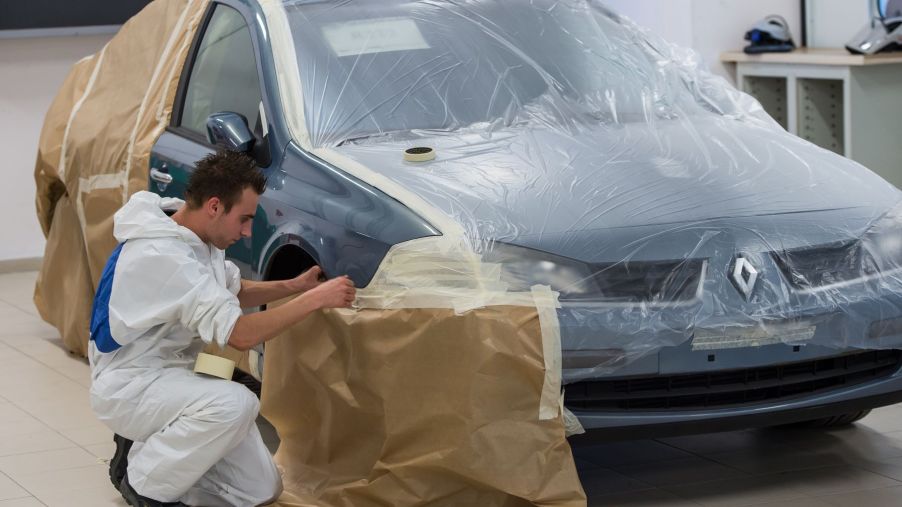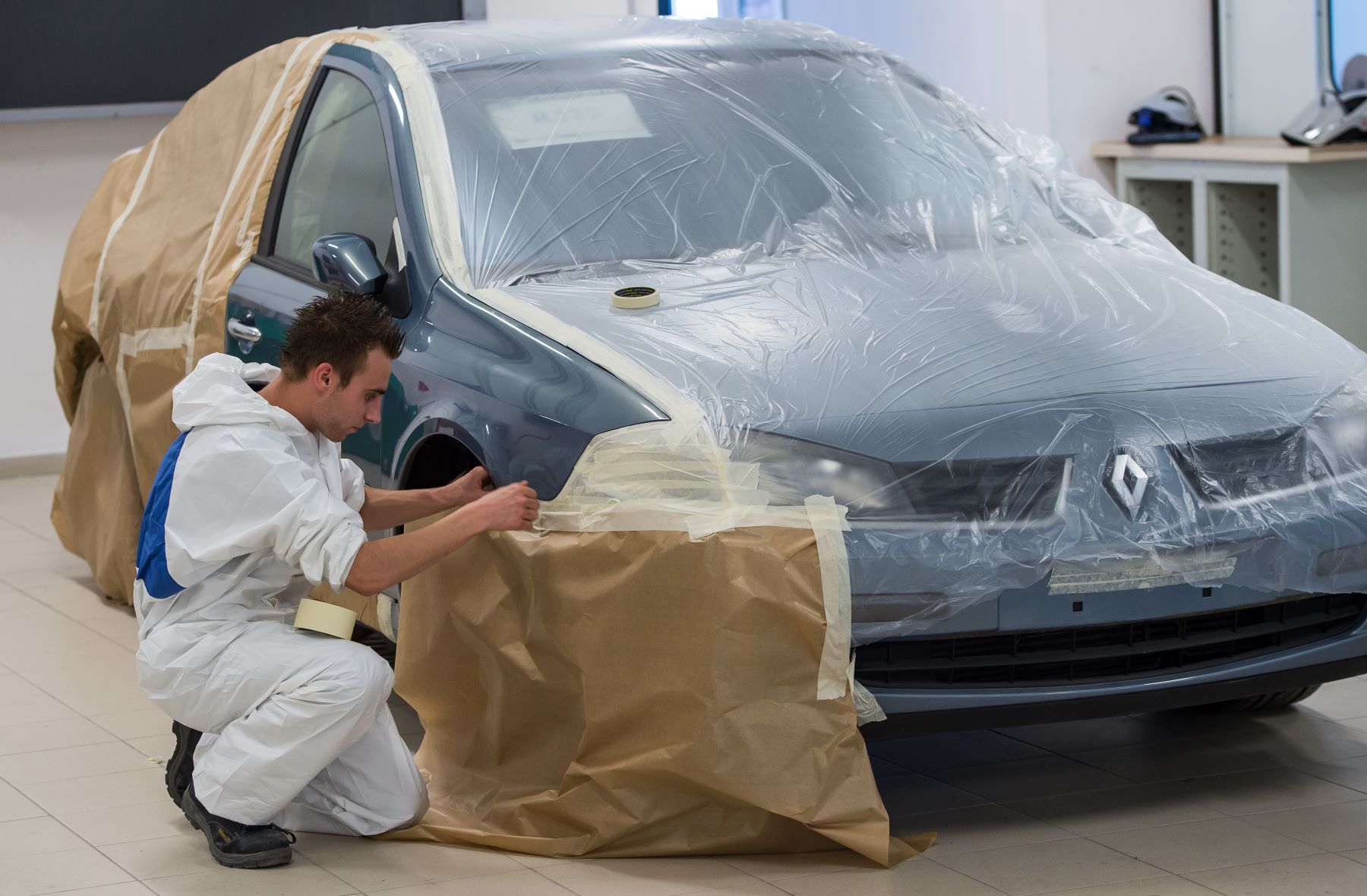
Avoid These 5 Worst Dealer Options When Buying a New Car, Says Bankrate
Car shopping for a new vehicle isn’t always an exciting time. In addition to the MSRP, you have taxes, fees, and dealer options to manage. Even though not all dealer options are bad, only certain ones are worth the investment.
What are dealer-added options?

At this point, you’re probably wondering what dealer-added options are. After all, these options and upgrades are added to the vehicle to increase the sales price.
The first type of dealer option is known as factory-installed options. These are installed at the factory before the car makes it to the dealership.
Next, you have port-installed options, which are imported from overseas as they arrive at the port of entry.
Then, you have dealer-installed options. Just as the name says, they are installed by the dealer when the car, truck, or SUV reaches the dealership’s lot.
Five dealer options you should try to avoid
Whether you are a first-time car buyer or a more seasoned one, you will want to check the car’s sticker for all the information and options. Here are the five worst dealer options according to Bankrate:
1. Rustproofing
The dealer usually applies this undercoating and can cost you around $1,200. Watch out for pricey bundles called the “environmental protection package,” which can also include certain fabric protection.
According to Mike Quincy, auto content specialist at the Consumer Reports Auto Test Center, “Cars leaving the factories today all have excellent rust-proofing.” You won’t need to invest in this option.
2. Fabric protection
Dealerships usually offer fabric protection. It’s designed to protect your seats from stains. If you feel like you might need additional fabric protection (I’m looking at you, drivers with young children and pets), you can find fabric removers that won’t cost hundreds of dollars. A bottle of Scotchgard will do the trick!
3. Paint protection
Protective paint sealant can cost you up to $200. Again, most automotive paints can withstand harsh weather conditions, mud, bug splatter, etc. Skip it! You can wash and wax your vehicle regularly instead.
4. VIN etching
Bankrate says, “VIN etching is a procedure that allows you to make an adhesive plastic stencil containing your car’s vehicle identification number, or VIN. You then place that stencil on a window and apply a special acid solution that chemically burns, or etches, the number onto the glass.”
At the dealership, this process will cost you anywhere between $150 to $300. You can do it yourself with an at-home kit and save yourself some money!
5. Extended warranties
Extended warranties can start at $1,000. If you’re buying new, chances are, your vehicle already comes with manufacturer warranties. Additionally, if you’re buying a pre-owned car, you don’t need to get a used car warranty on the same day. Skip the extended warranty and save this money for routine maintenance instead.
Are dealer-installed options negotiable?
Not exactly. You typically won’t be able to negotiate factory or port-installed options, but you might have some room for negotiation with dealer-installed options. Please keep in mind that dealer-installed options are not standard, and you don’t have to accept them if you don’t want to. Additionally, just as you should during car shopping, look around and compare prices with other dealers in the area. Like when you make any big purchase, you want to make sure you’re getting the best deal possible.



